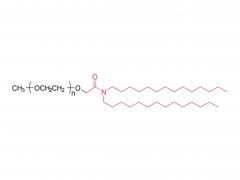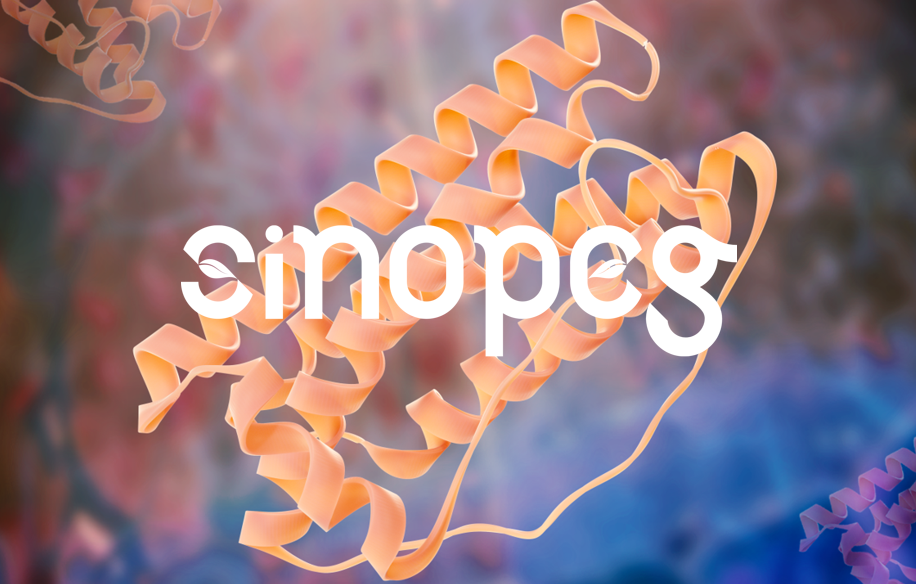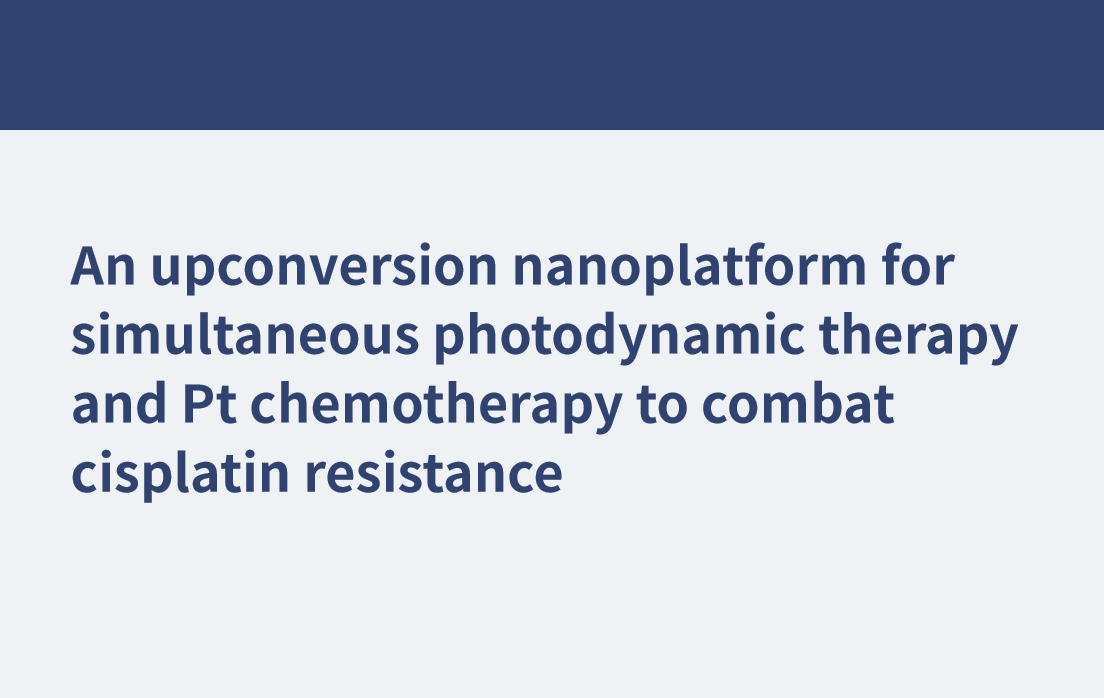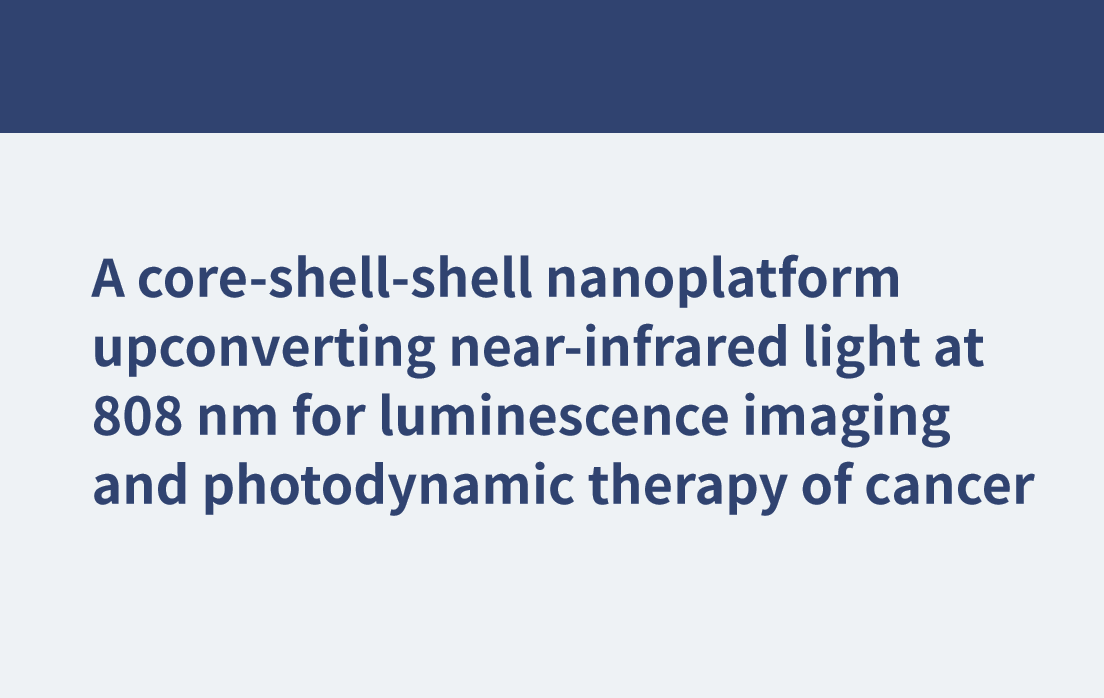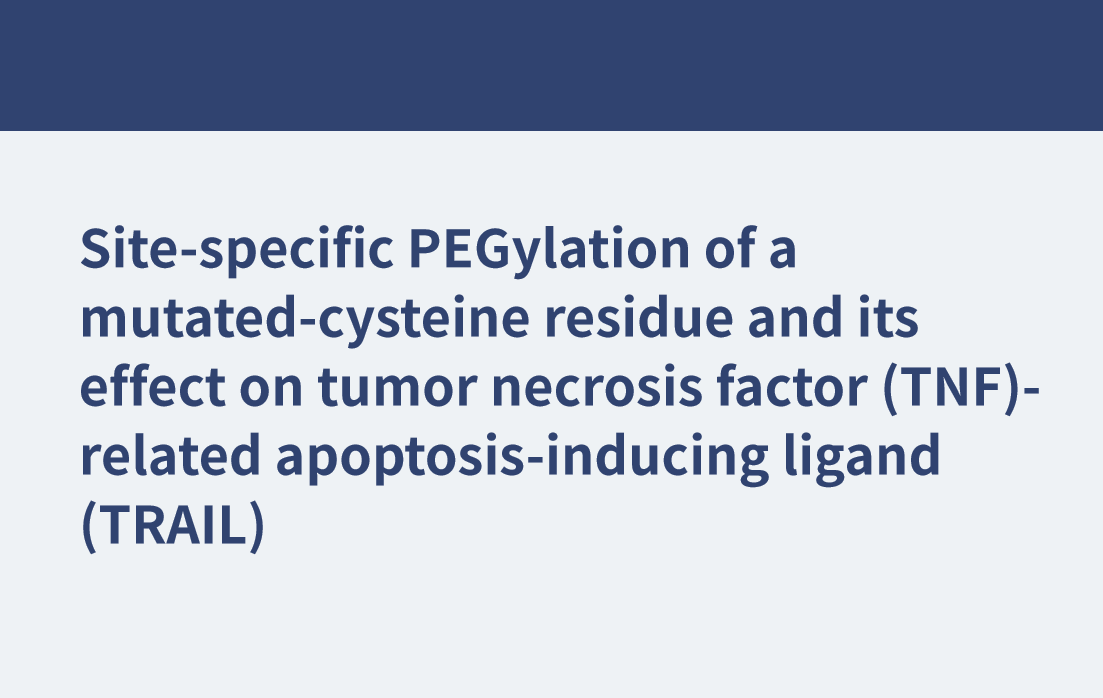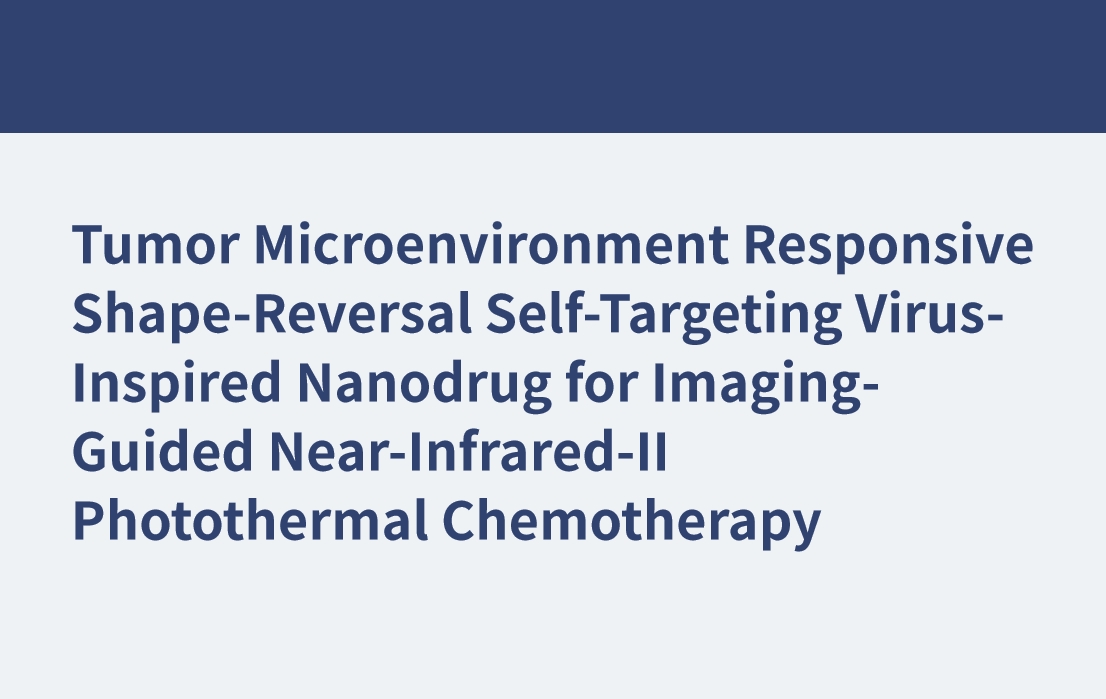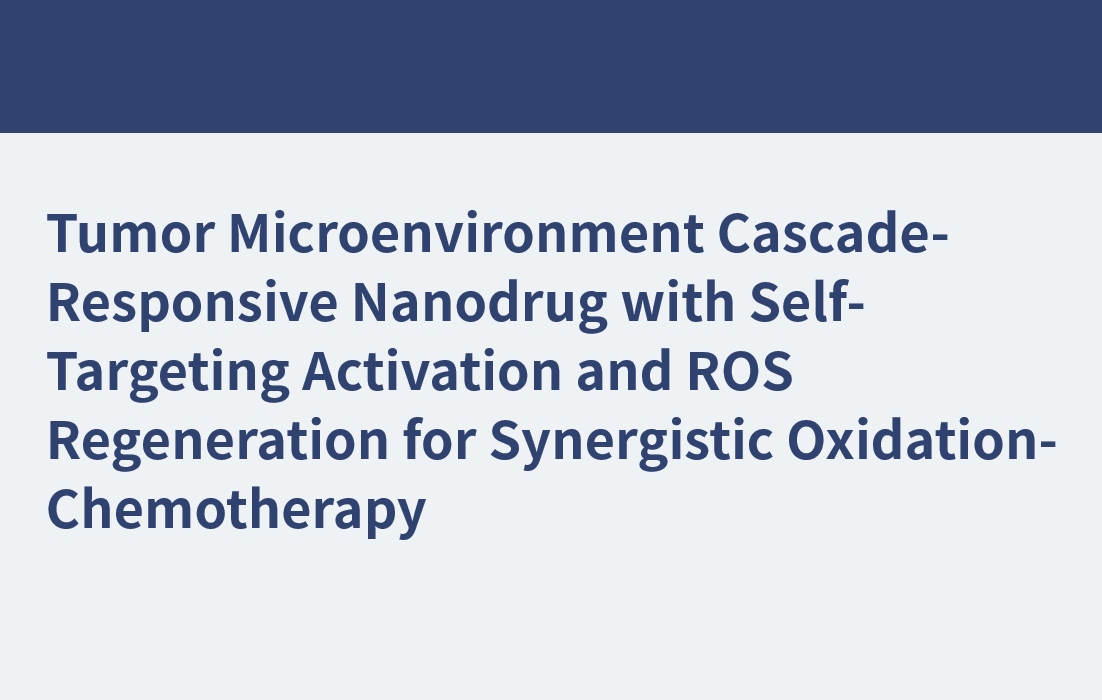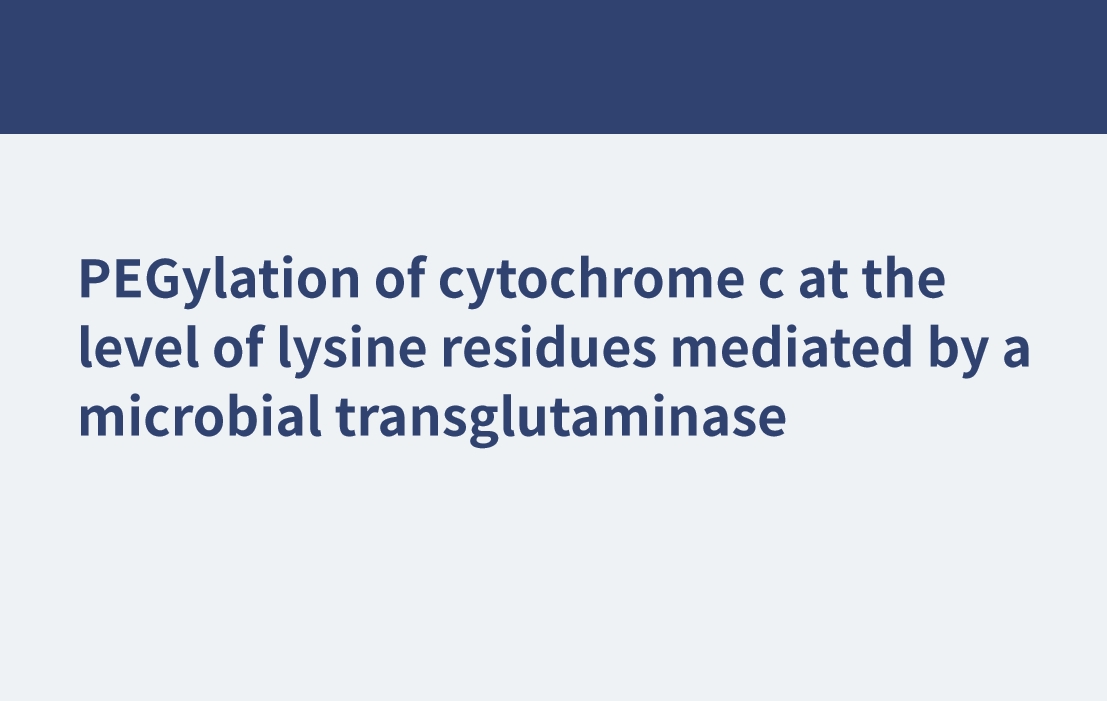Acromegaly is a rare debilitating endocrine disease characterised by hypersecretion of growth hormone (GH). It is generally accepted that the clinical manifestations of acromegaly are mediated through elevations in serum IGF-I concentrations. Somavert is indicated for the treatment of patients with acromegaly who have had an inadequate response to surgery and/or radiation therapy and in whom an appropriate medical treatment with somatostatin analogues did not normalize IGF-I concentrations or was not tolerated. Pegvisomant, the active substance in Somavert, is a 40-50 kDa molecular variant of the human growth hormone (hGH) consisting of recombinant protein component and polyethylene glycol (PEG). The protein molecule (B2036) is modified by covalent addition of polyethylene glycol (PEG) molecules resulting in a pegylated protein (B2036-PEG) with 4 and 5 PEG groups per B2036-PEG molecule. The purpose of direct pegylation of the protein was used to prolong half-life of B2036 and to reduce a potential immunogenicity. B2036-PEG showed decreased binding at the site 2 of the HGHR compared with B2036. Despite the reduced affinity for the receptor, work on the protein had shown increased potency of the pegylated form due to the prolonged circulating half-life . The pharmacodynamic studies presented showed that pegvisomant is a potent competitive and specific antagonist of hGH binding in vitro and in vivo. Reference: https://www.ema.europa.eu/en/documents/scientific-discussion/somavert-epar-scientific-discussion_en.pdf Linear Monofunctional PEGs Linear Bifunctional PEGs Linear Heterofunctional PEGs 2-arm (LYS) Polyethylene Glycol 2-arm (PTO2) Polyethylene Glycol 2-arm (GLY) Polyethylene Glycol 2-arm (Fluorene) Polyethylene glycol Y type (Y1PTO2) Polyethylene Glycol 3-arm Polyethylene Glycol 4-arm Polyethylene Glycol 6-arm (DP) Polyethylene Glycol 8-arm (TP) Polyethylene Glycol 8-arm (HG) Polyethylene Glycol 8-arm (SUC) Polyethylene Glycol
View More







